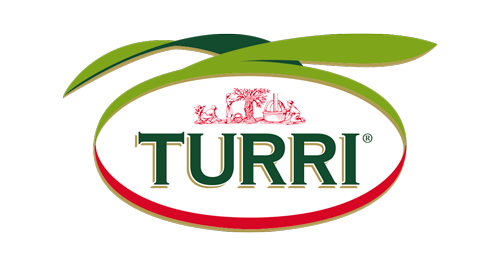When olives are gathered by hand, one by one, they are then laid inside roundish, average-sized wicker baskets (although in the past, it was more common to make them out of leather or pele seca; in Torri these containers were known as gremal), fastened to the harvesters’ waist with a leather belt and resting either on their side or back. Thus wrote Giuseppe Solitro in 1897, and we must admit that the baskets used today are more or less the same, except for the material out of which they are made.
Other harvesting tools may have changed, but the care with which the farmers tend their olive trees has never changed, and still bears an age-old wisdom made of patience, calmness and tranquillity. Patience is needed to farm the olive trees, and harvest their fruit.
An olive tree, in Giovanni Pascoli’s words, “needs only air, and sun, and time”, but we may add that in order to grow well, it also needs a certain type of soil, space, the appropriate climate, and most of all, respect, for both the plant and its fruit.
As the old saying goes, «chi vuol tutte le olive non ha tutto l’olio», i.e. who wants all the olives can’t have all the oil.


